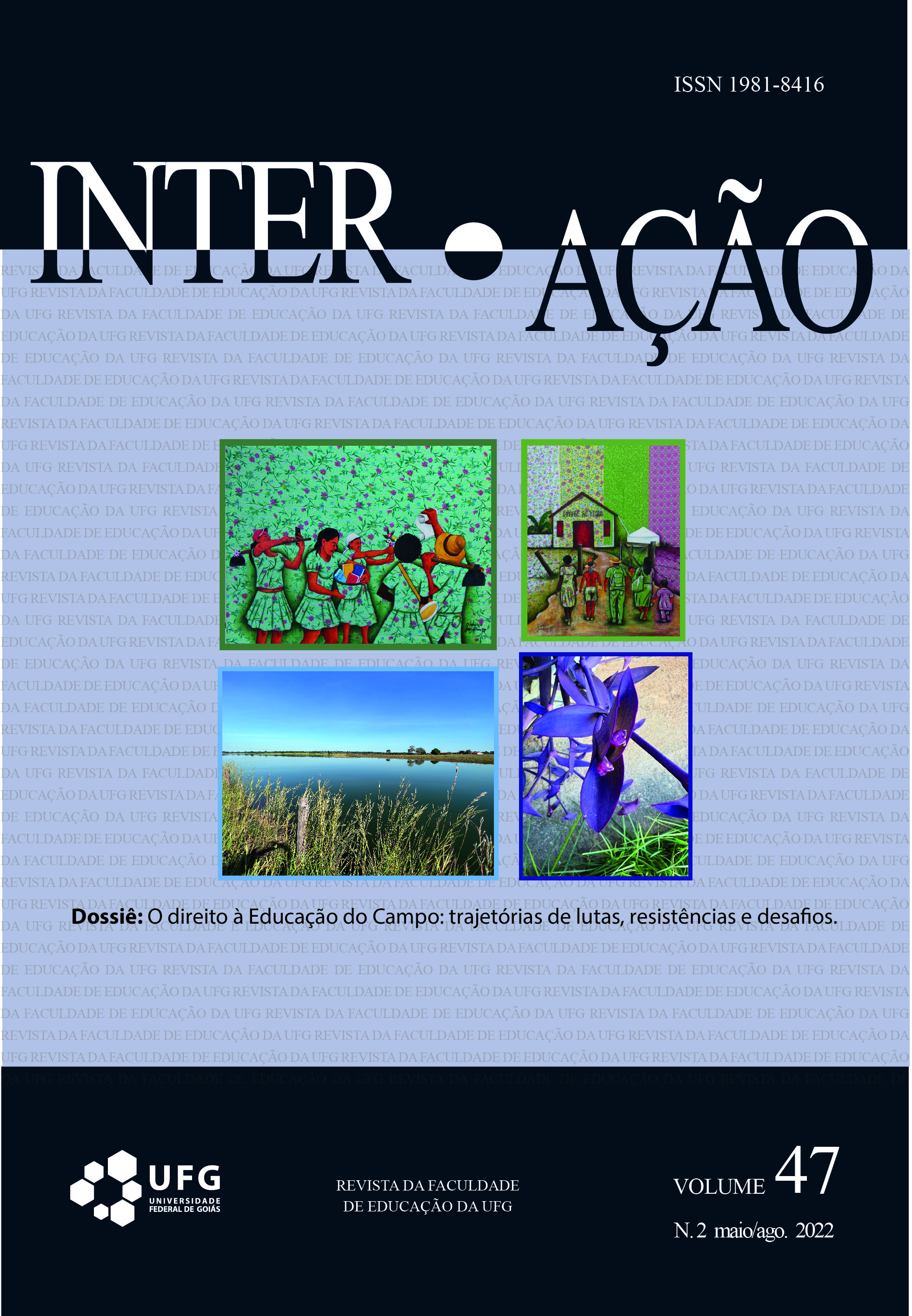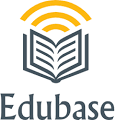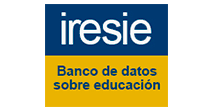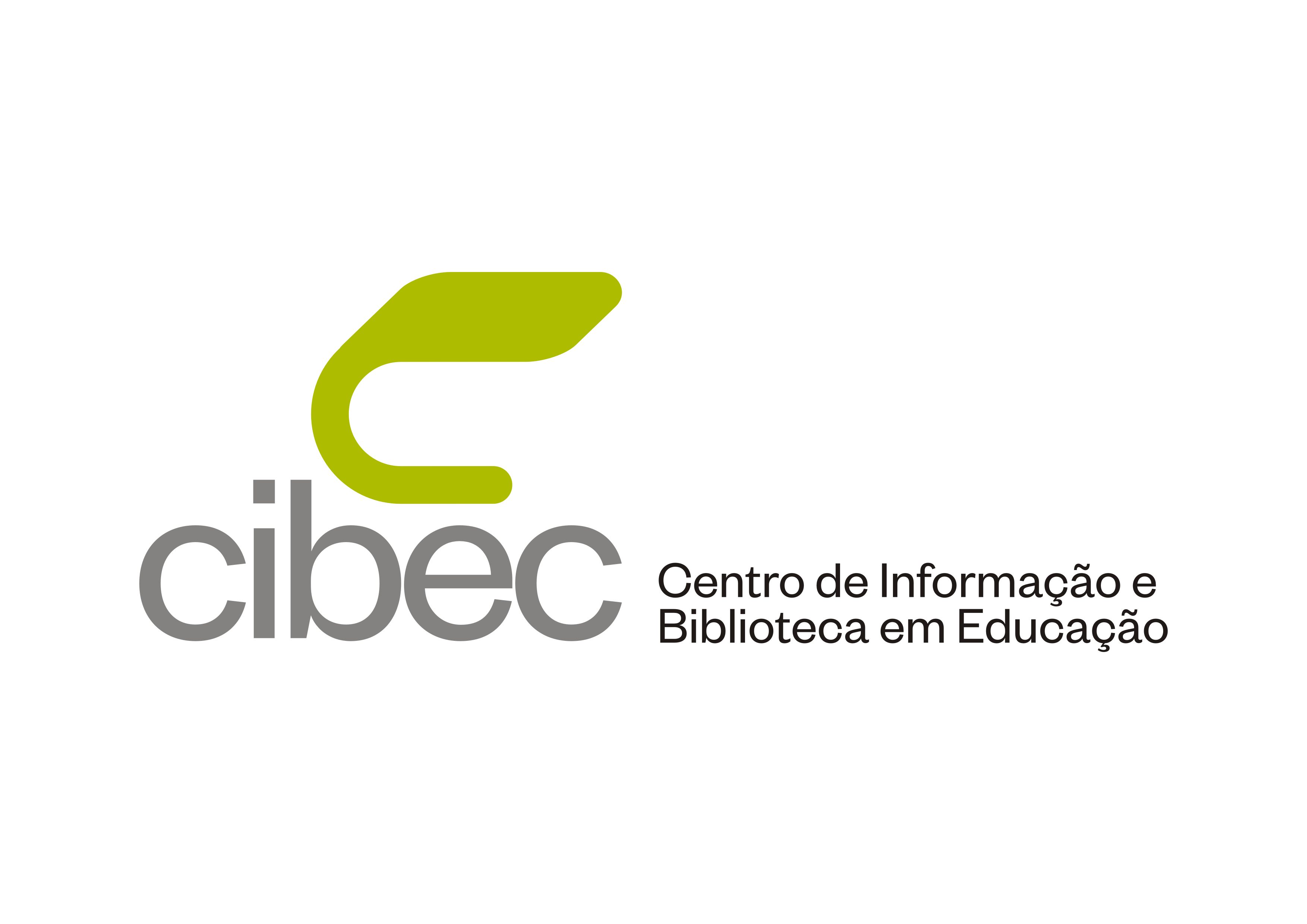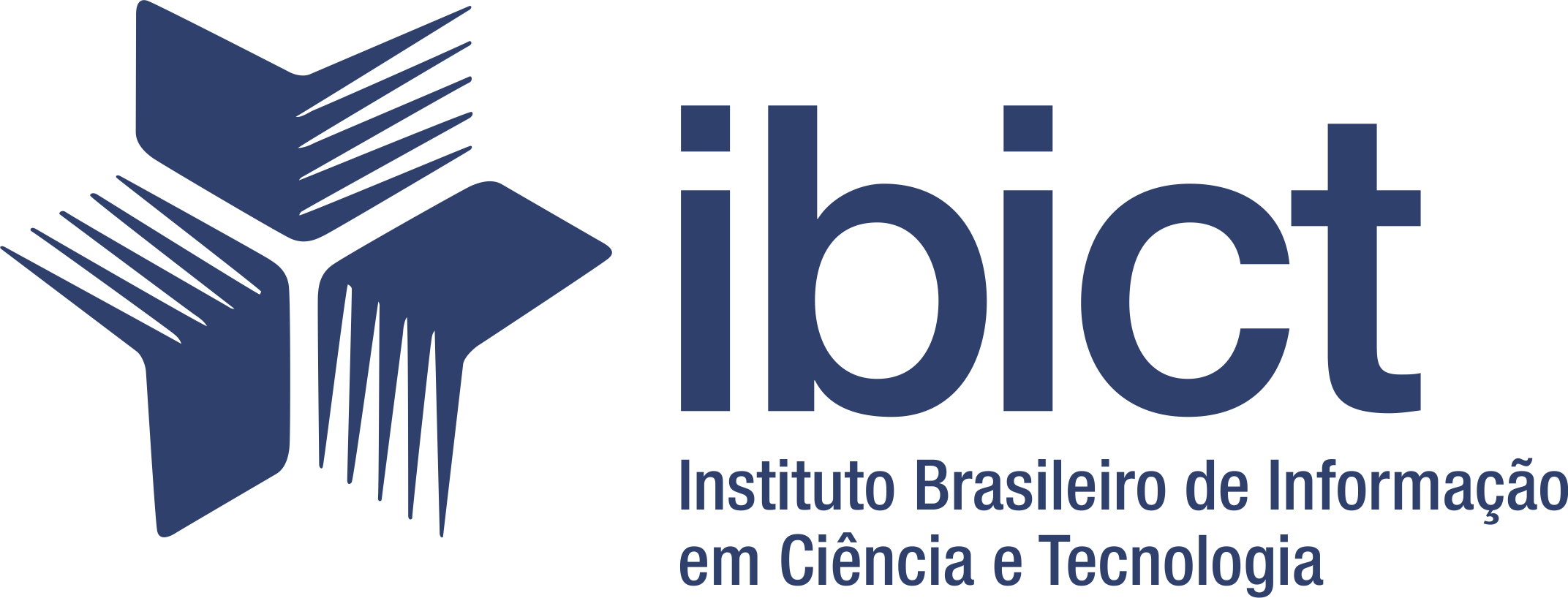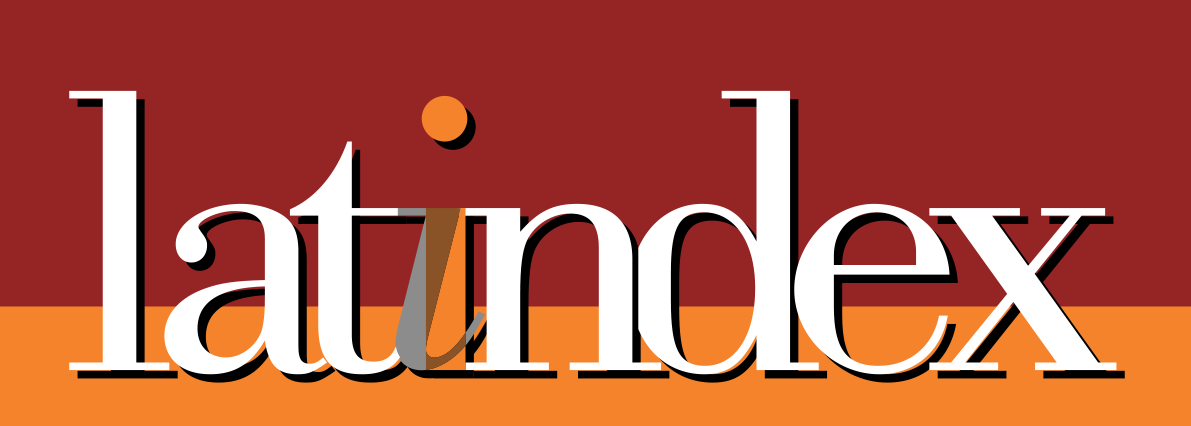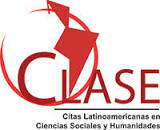FROM REFERENCE TO DISCOURSE: AN ANALYSIS OF THE IMAGES OF THE READING BOOK GOIAZ CORAÇÃO DO BRASIL (1934)
DOI:
https://doi.org/10.5216/ia.v47i2.71388Abstract
The present article aims to carry out an analysis of the images that compose the reading book Goiás Coração do Brasil (1934) and to understand how these images lead the reading public to build patriotic visualities. For this, considerations were made about the use of books and images as historical sources and we also discussed the historical and cultural aspects of the reading book in question. For the analysis of the images we applied semiotic methodology articulated with a historical approach. Through this analysis, we came to the conclusion that the articulation between text and images in the bookwas designed to conduce an indoctrination of a nationalist view of exaltation to the state of Goiás.
KEYWORDS: Historical Sources. Reading Book. History of Education in Goiás. Image Analysis.
Downloads
Published
How to Cite
Issue
Section
License
Copyright (c) 2022 Nara Mendes Moreira

This work is licensed under a Creative Commons Attribution-NonCommercial 4.0 International License.
Inter-Ação uses the Creative Commons Attribution 4.0 License for Open Access Journals (Open Archives Initiative - OAI) as the basis for the transfer of rights. Open access means making documents available on the Internet free of charge, so that users can read, download, copy, distribute, print, search, or link to the full text of documents, process them for indexing, use them as input data for software programs, or use them for any other lawful purpose, without financial, legal, or technical barriers.
Authors publishing in this journal agree to the following conditions:
1) Authors retain copyright and grant the journal the right of first publication, with the work simultaneously licensed under the Creative Commons Attribution License, which permits redistribution of the work with attribution and first publication in this journal.
2) Authors are permitted to enter into additional, separate agreements for non-exclusive distribution of the version of the work published in this journal (e.g., for publication in an institutional repository or as a book chapter), with attribution and first publication in this journal.
3) Authors are permitted and encouraged to publish and distribute their work online (e.g. in institutional repositories or on their home page) at any time before or during the editorial process, as this may generate productive changes as well as increase the impact and citation of the published work.

